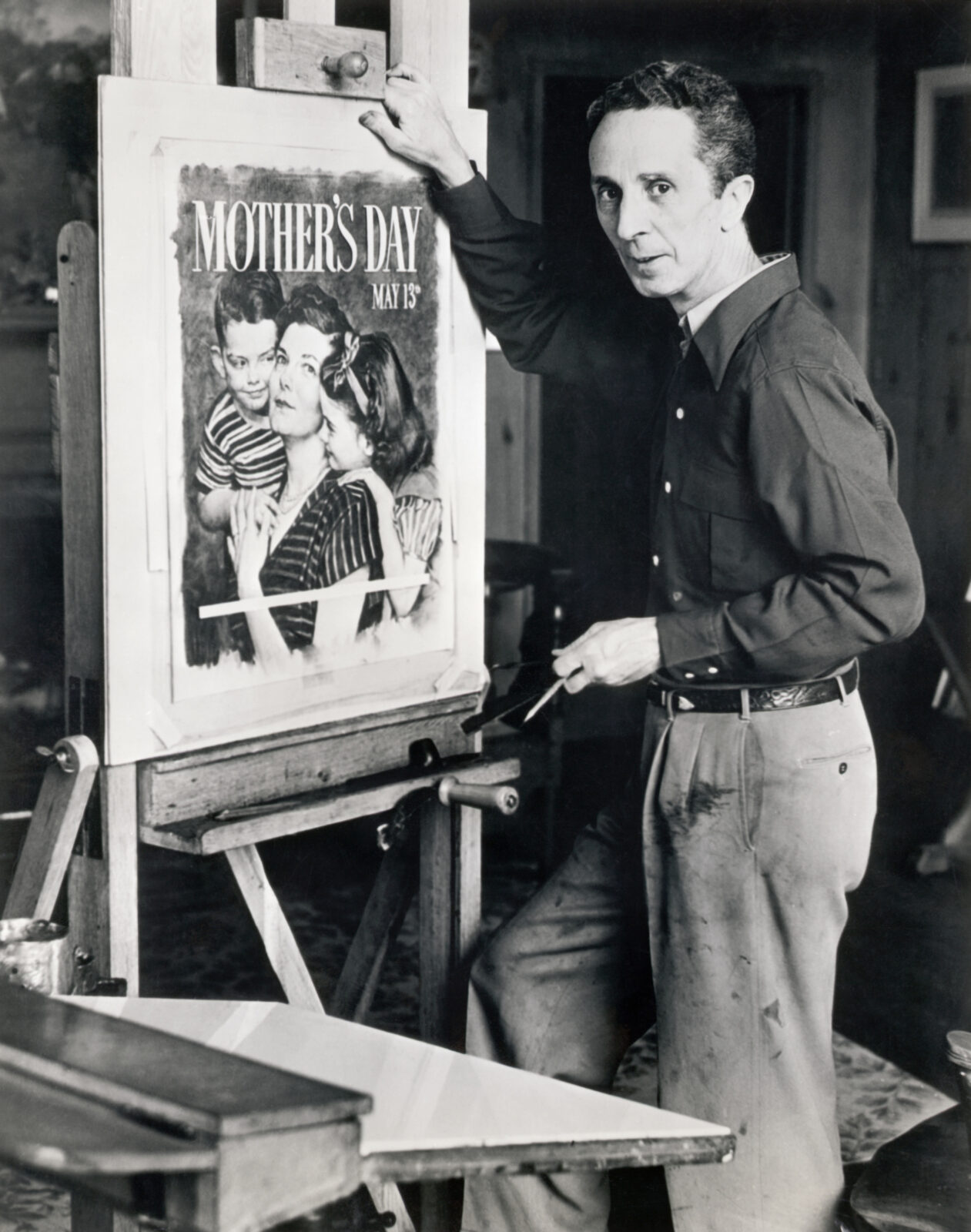
Mother’s Day is a day for us all to celebrate the fabulous mums in our lives – past and present – but many don’t know how the annual holiday came to be, or that the creator spent her life fighting the commercialisation of the day before tragically dying alone in an asylum age 84.
Anna Jarvis’s idea for Mother’s Day came, unsurprisingly, from her devotion to her own mother, Ann Jarvis. Ann dedicated her life to campaigning for women’s roles as mothers to be recognised and ran Mothers’ Day Work Clubs to combat high infant and child mortality rates in her hometown of Grafton, West Virginia, in the US. She publicly stated that she hoped one day someone would commemorate mothers “for the matchless service” they “render to humanity in every field of life”.
After Ann’s passing on May 9, 1905, her grief-stricken daughter Anna promised to fulfil her mother’s dream. Three years later on the second Sunday in May, Anna held a small service in honour of her deceased mother at the Andrews Methodist Episcopal Church in Grafton. Anna handed out hundreds of white carnations – her mother’s favourite flower – which would go on to become a symbol of remembrance for a mother who has passed away.
Just five years later, the second Sunday of May was officially named an annual holiday in West Virginia. Anna didn’t stop there and spent years zealously writing letters and campaigning tirelessly, creating the Mother’s Day International Association and trademarking the phrase ‘second Sunday in May’ and ‘Mother’s Day’.

In 1914, Mother’s Day was named an official national holiday in the US. While nowadays we often use the day to celebrate all the mums in our life, Anna pushed for the placement of the apostrophe in Mother’s Day’— making it singular possessive, not plural possessive, so each family would honour its one and only mother.
Katharine Antolini, a history professor at West Virginia Wesleyan College, told the BBC her perspective was clearly that of a devoted daughter with her motto for Mother’s Day being ‘For the Best Mother Who Ever Lived—Your Mother’.
“She wanted Mother’s Day to be a very private acknowledgment of all the mother does for the family,” Antolini said. “Anna envisioned the holiday as a home-coming, a day to honour your mother, the one woman who dedicated her life to you”.
Of course, it didn’t take long for people to begin cashing in on the holiday. By 1915, the day was officially recognised in Canada, and florists, card and candy industries began to find ways to profit.
“Even though Anna never wanted the day to become commercialised, it did very early. So the floral industry, greeting card industry and candy industry deserve some of the credit for the day’s promotion,” Antolini said.
The early commercialisation kicked off what would be a long, ongoing battle with companies trying to financially gain from the day. Anna even ended up issuing a press release condemning florists, and urging people not to buy flowers on Mother’s Day. She wrote: “WHAT WILL YOU DO to rout charlatans, bandits, pirates, racketeers, kidnappers and other termites that would undermine with their greed one of the finest, noblest and truest movements and celebrations?”
Anna’s anger wasn’t just towards florists, charities too came under fire for fundraising on the day. She became upset with any organisation that used the day for something other than what she’d created it for – to honour her mum. “It was a day meant to celebrate mothers, not pity them because they were poor,” explains Antolini. “Plus some charities were not using the money for poor mothers like they claimed.”

Anna grew somewhat obsessed with her cause, suing anyone who used the trademarked name ‘Mother’s Day’, crashing a Philadelphia convention of the American War Mothers, and even accusing First Lady Eleanor Roosevelt of “crafty plotting” by using Mother’s Day in fundraising material for charities.
While other’s were profiting, Anna went on to spend every penny she had fighting for the cause, and even though she was offered money by the florist industry, she refused.
“She never profited from the day and she could easily have done so. I admire her for that,” Antolini said.
By 1944, Anna, now 80, was incredibly reclusive and was placed in a mental asylum called the Marshall Square Sanitarium, where she spent her final years. She did not marry or have children and died alone aged 84 and penniless from her numerous legal battles against the day she’d fought so hard to create.
Ironically, and unbeknownst to Anna, her psychiatric bill was partly paid for by a group of florists.
Interestingly, according to the National Library of Australia, Australia celebrated its first Mother’s Day in June 1910 – before it became an official holiday in the US. An excerpt from The Leader and Orange Stock and Station News in 1910 reads, “Australia celebrated ‘Mothers’ Day’ yesterday for the first time”. Noting the use of the plural ‘Mothers’ Day’, it’s likely that Australia was emulating the British tradition of Mothering Sunday, despite the fact we now celebrate Mother’s Day on the same day and with the same spelling as the US.
In the UK, Mother’s Day, often known as Mothering Sunday, dates back to the 1500s and was the day Christians would visit their “mother church” – where they were baptised, their local parish church, or their nearest cathedral. It eventually became a day when servants were given a day off to visit their church, usually with their own mothers and other family members eventually morphing into a celebration of all mothers and grandmothers.